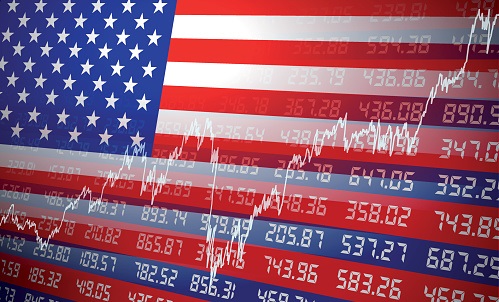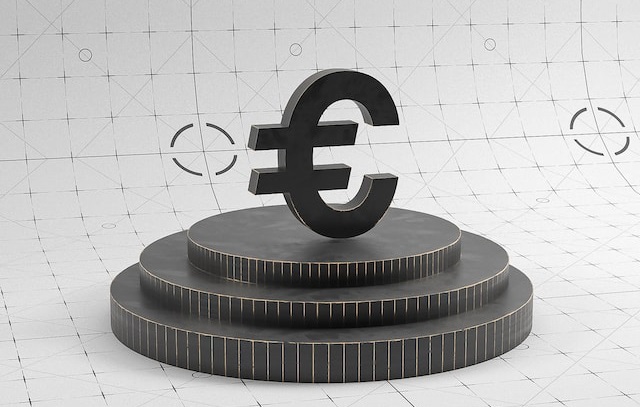Better than expected data from the United States on Tuesday, plus a key speech from US President Biden saying the economy is so strong now that he doesn’t expect a recession has yet to lift market sentiment.
However, the question does need to be posed whether the US is really likely to head into a recession or not, based on current global economic conditions and the ongoing slowdown in China.
Goldman Sachs also recently raised their Q2 US economic growth tracking estimate due to better data flow, which could be a common theme we are about to see become widespread amongst other economists.
Yesterday, the consumer confidence index was stronger than expected in June, jumping to its highest level since January 2022, as both the present situation and expectations components rose.
The labour differential also improved, and New home sales increased in May, also well above expectations, from a downwardly revised level.
Goldman Sachs notes that “The data indicated a firmer pace of residential, inventory, and equipment investment in the second quarter. We boosted our Q2 GDP tracking estimate by 0.4pp to +2.2%.”
The US economic growth accelerated to 1.6 percent year-on-year during the first quarter of 2023, up from 0.9 percent in the previous period, and in line with the second estimate.
The final GDP number from Q1 this week is expected to show a 1.3 year on year growth rate. However, markets are looking forward so Q2 could be better.
China is currently a problem. Annual profits at China’s industrial firms extended a double-digit decline in the first five months as softening demand squeezed margins, reinforcing hopes of more policy support to bolster a stuttering post-COVID economic recovery.
China’s National Bureau of Statistics (NBS) says profits took a hit from insufficient demand but are improving. The 18.8% year-on-year slump in profits came on top of the 20.6% contraction in January-April and added to evidence of an economy worsening on many fronts.




